Astronomers witness the unfurling of a black hole-powered mushroom cloud, a baby super-Jupiter, and a magnetic “tunnel” around the solar system.
Supermassive Black Hole–Powered "Mushroom" Clouds
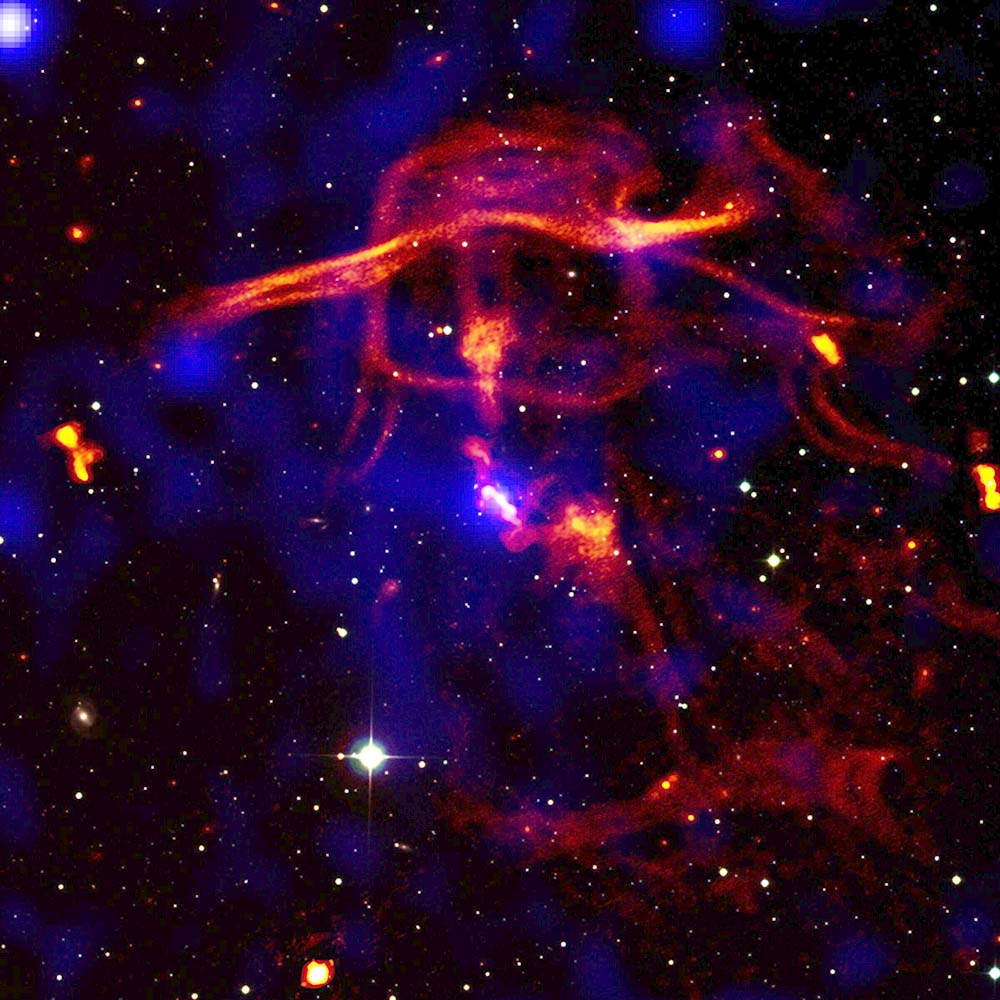
University of Bologna, Italy
Astronomers have discovered a mushroom cloud in space. It's ballooning from the supermassive black hole at the heart of the central galaxy in a group called Nest200047, 200 million light-years away at the edge of the constellation Taurus.
The cloud forms as the black hole powers speedy jets of charged particles, slamming them into the sparse gas between galaxies. The particle clouds then "rise" through that medium in a way similar to the way ash and gas mushroom from volcanic eruptions on Earth.
Marisa Brienza (University of Bologna, Italy, and the Italian National Astrophysics Institute) and her colleagues examined the system using the Low Frequency Array (LOFAR), a set of radio receivers spread throughout Europe, as well as in X-rays from the European Space Agency's eROSITA mission.
While astronomers have found black hole–powered mushroom clouds before, they could only see the higher-energy photons from earlier phases of evolution. But as the cloud unfurls in the intragalactic medium, the electrons within lose energy, and the radio emission tunes to lower and lower frequencies. LOFAR detects the lowest-energy photons coming from the cloud before it dissipates altogether, enabling astronomers to witness the cloud's latest stages of evolution.
Read more in University of Bologna's press release and in Nature Astronomy.
Magnetic "Tunnel" around the Solar System Revealed
Sometimes all it takes is a shift in perspective.
When astronomers map the radio-emitting sky, they often plot it along so-called galactic coordinates, which puts the galactic "north pole" up and the plane of the Milky Way down the middle. In this radio map, there are two well-studied structures known as the North Polar Spur and the Fan Region. These structures are made of plasma, charged particles that align along magnetic fields.
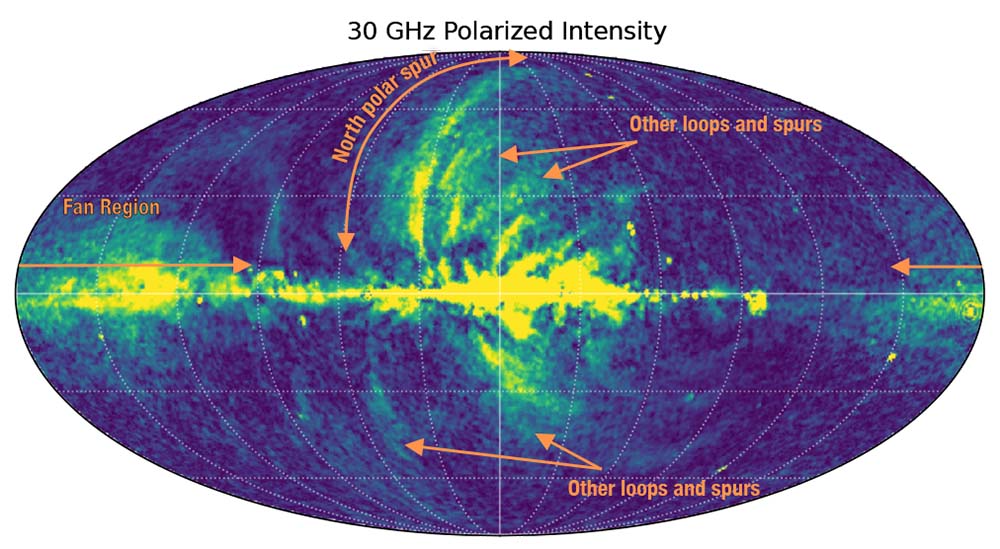
J. West et al. / Astrophysical Journal
But by rotating the celestial sphere, Jennifer West (University of Toronto) shifted the perspective, showing that these separate structures are actually linked. They're part of a system of filaments that form a sort of tunnel around the solar system, along the Local Arm where the Sun resides.
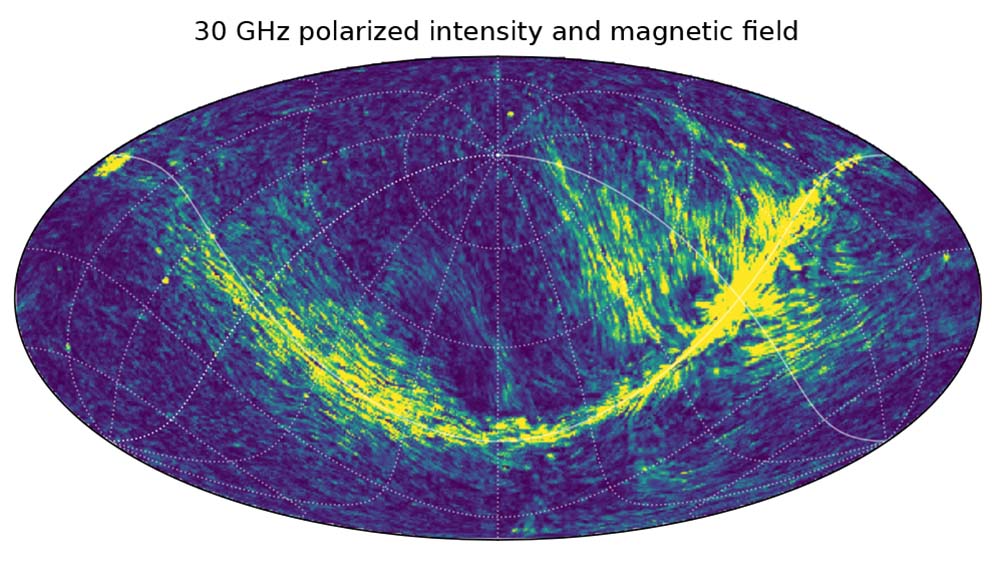
J. West et al. / Astrophysical Journal
The two structures, West suggests, are actually long, parallel, rope-like filaments. By modeling what a set of filaments in space would look like from Earth, West showed that they lie on either side of the solar system, along the Local Arm.
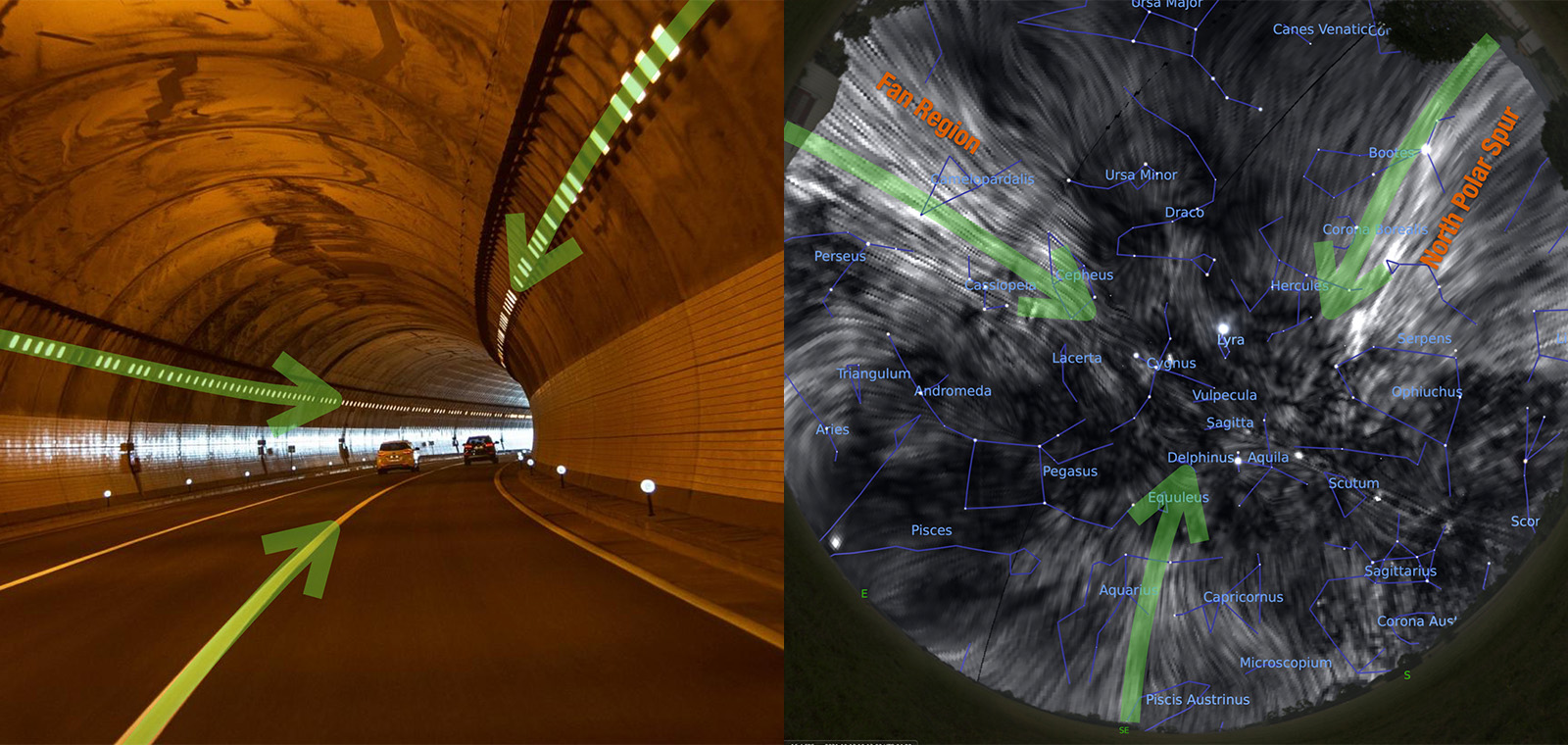
Left: Pixabay with additions by Jennifer West; right: Dominion Radio Astrophysical Observatory / Villa Elisa telescope / ESA / Planck Collaboration / Stellarium / Jennifer West)
Read more in University of Toronto's press release and in the article preprint.
Infant Planet Directly Imaged
Astronomers using the W. M. Keck Observatory on Mauna Kea, Hawai'i, have directly imaged a planet around a star a few million years old in the Taurus star-forming cloud.
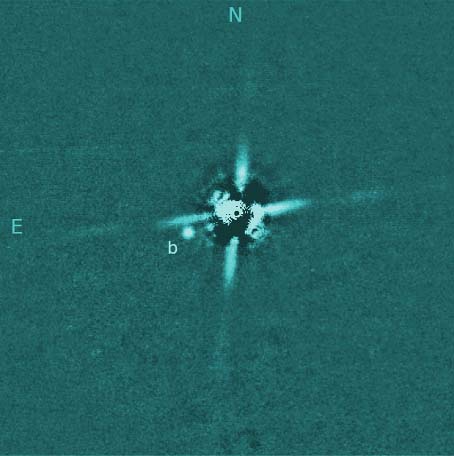
Subaru Telescope
In astronomical terms , the system is still in its infancy. The planet, dubbed 2M0437 b, is still glowing with the heat of its formation, so astronomers have imaged its near-infrared light. Eric Gaidos (University of Hawaii, Mānoa) and colleagues show in the Monthly Notices of the Royal Astronomical Society that the planet moves with the star across the sky and is therefore associated with it. More observations will enable astronomers to pin down the planet's actual orbit around the star.
The planet is a few times Jupiter's mass and is currently about 118 times as far from its star as Earth is from the Sun (118 astronomical units). The star is much smaller and fainter than the Sun, though, having at most a fifth of its mass. A super-Jupiter orbiting a low-mass star at such a distance challenges both of the leading scenarios for planet formation.
Find out more in the Keck Observatory press release and in the article preprint.
 1
1









Comments
Andrew James
October 27, 2021 at 4:14 am
Second story. The magnetic field strength between galactic field of 6μG (0.6nT) and their estimation of these localised magnetic flux density at 24μG is interesting (Just abut ten times stronger than the human brain.) As we still don't really know if a connection exists between the general galactic field and these studied structures, a reasonable guess would be this is likely some kind of relic magnetic field - perhaps a dwarf galaxy crossing the disk or an ancient density wave star formation event. As they say: "We plan to do a follow-up study to model these filaments in conjunction with a Galactic field model using a much more robust parameter optimization using the Interstellar MAGnetic field INference Engine (IMAGINE)." Look forward to the more detailed story.
You must be logged in to post a comment.
You must be logged in to post a comment.